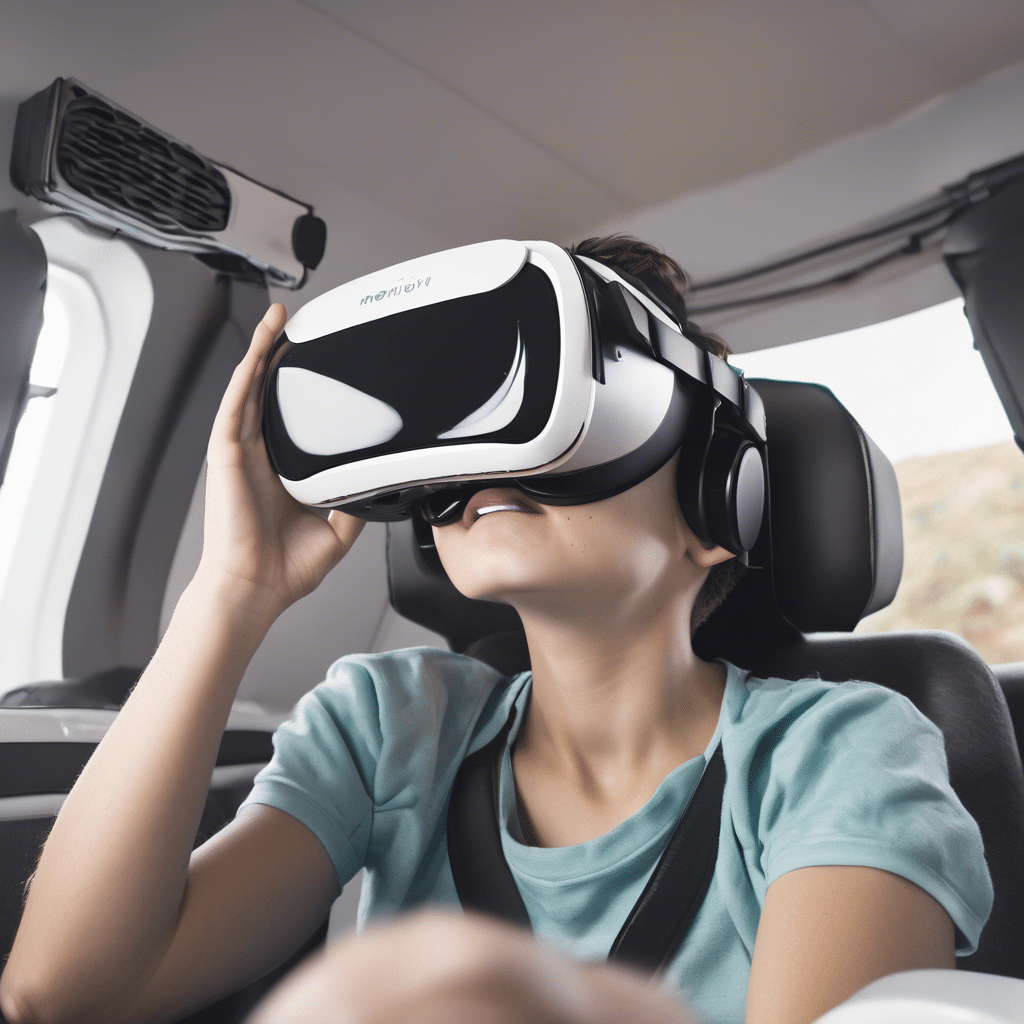The VR Motion Sickness Challenge
Virtual reality promises immersive experiences that transport users to new worlds; however, motion sickness remains one of the biggest barriers to its widespread adoption. Studies show that between 40% and 70% of users experience some form of discomfort during VR sessions, ranging from mild uneasiness to severe nausea.
The physiological reality is straightforward – when your eyes tell your brain you’re moving but your inner ear says you’re standing still, your body gets confused. This sensory conflict can quickly turn an exciting VR experience into an unpleasant one.
For businesses investing in VR applications, addressing motion sickness is not just about user comfort – it directly impacts adoption rates, session length, and repeat usage. We’ve seen clients achieve dramatically better results when comfort is treated as a fundamental design requirement rather than an afterthought.
Understanding the Root Causes
The primary culprit behind VR sickness is the disconnect between visual motion and physical stillness. Your visual system perceives movement, while your vestibular system, which handles balance and spatial orientation, detects none, creating a conflict that your brain interprets as potential poisoning, triggering nausea as a protective response.
Certain VR design elements consistently emerge as primary triggers: artificial locomotion, rapid acceleration, changes in field of view, and artificial turning mechanics. The good news is that understanding these triggers presents us with specific design challenges to address.
Hardware limitations, such as display refresh rates, tracking accuracy, and latency, can significantly impact comfort levels. Even milliseconds of delay between head movement and visual updates can contribute to discomfort.
User susceptibility varies widely; some people can handle intense VR experiences without issues, while others are sensitive to even subtle movements. This variation makes comprehensive testing with diverse user groups essential to creating comfortable experiences.
Design Strategies for Comfortable VR
Implementing alternative locomotion systems has proven highly effective in our projects. Teleportation, although less realistic than smooth movement, dramatically reduces motion sickness for most users. For applications requiring continuous movement, techniques like vignetting (narrowing the field of view during movement) can significantly reduce discomfort.
Frame rate consistency is critical; drops below 90fps often trigger immediate discomfort. We prioritize performance optimization to maintain consistent frame rates, sometimes sacrificing visual complexity for a smoother experience.
Providing users with comfort options enables them to tailor their experience to their sensitivity. Simple settings, such as movement speed, turning increments, and field of view adjustments, can make VR more accessible to users who might otherwise struggle.
Static reference points, such as a virtual nose or cockpit, provide users with a fixed visual anchor, helping to reduce sensory conflict. This technique, borrowed from the world of vehicle design, provides a stable reference point that allows the brain to reconcile visual and vestibular inputs.
Testing and Validation Approaches
Effective comfort testing requires a structured approach with diverse user groups. We typically include both VR veterans and newcomers in our test panels, with particular attention to those who report sensitivity to motion in other contexts, such as cars or boats.
Quantifiable feedback methods help track improvement across iterations. Using standardized questionnaires, such as the Simulator Sickness Questionnaire (SSQ), provides objective measurements of comfort levels between design versions.
Biometric monitoring tools that track physiological indicators, such as skin conductance and heart rate variability, can provide additional data on user comfort. These metrics sometimes reveal discomfort before users themselves are consciously aware of it.
The most valuable insights often come from qualitative feedback during and immediately after testing sessions. We’ve found that users can pinpoint specific moments or movements that trigger discomfort, allowing us to identify precise design elements to address.
The Competitive Advantage of Comfortable VR
Prioritizing user comfort directly translates to better business outcomes for VR applications. Our clients who invest in comfort-focused design see longer session times, higher completion rates, and more positive user sentiment.
For training applications, comfort is particularly crucial – uncomfortable VR experiences reduce knowledge retention and completion rates. By eliminating physical discomfort, users can focus entirely on the content or task at hand.
At Seisan, we approach VR comfort as a foundational design principle, not a feature. Our development process incorporates comfort considerations from the earliest concept stages through to final testing, with specific checkpoints to ensure we create experiences that users can enjoy without physical distress.
The future of comfortable VR appears promising, with emerging technologies such as eye-tracking, advanced motion prediction, and adaptive displays specifically designed to reduce motion sickness. We are actively exploring these technologies to push the boundaries of what is possible in comfortable VR experiences.
Ready to create VR applications that users can enjoy without discomfort? Contact our team to discuss how our comfort-focused approach can help your next VR project achieve better results and reach more users.




